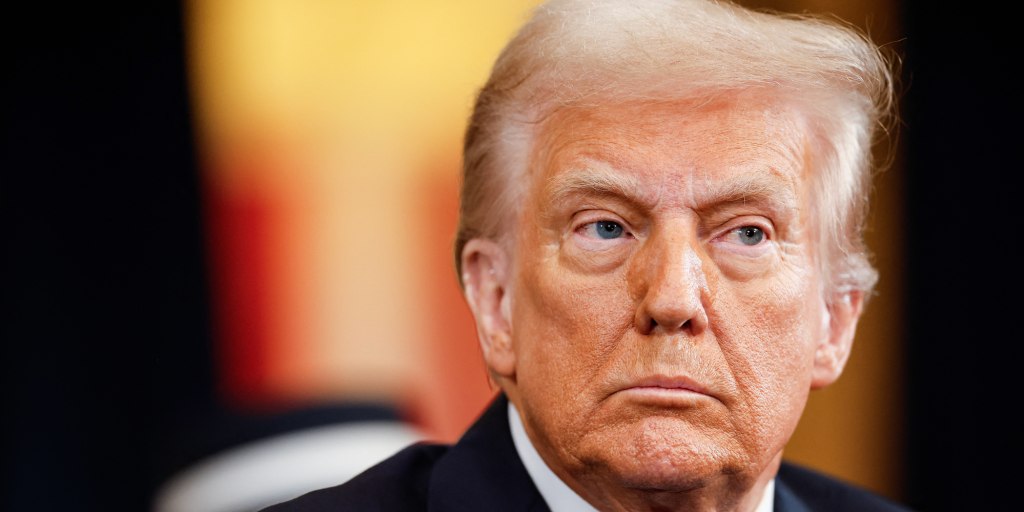Trump Launches Frontal Assault on Corporate Diversity Initiatives

In a bold move that has sparked significant controversy, former President Donald Trump issued a directive targeting diversity and inclusion initiatives across federal agencies. The executive order challenged private sector organizations to scrutinize their diversity programs, potentially labeling certain practices as discriminatory.
The directive specifically instructed federal agencies to review and identify private sector groups whose diversity, equity, and inclusion (DEI) programs might be construed as engaging in what the administration termed "illegal discrimination." This sweeping mandate aimed to fundamentally reshape how companies approach workplace diversity and representation.
By targeting DEI efforts, Trump's order signaled a stark departure from previous approaches to workplace inclusivity. The directive suggested that some diversity programs could potentially violate existing civil rights protections, challenging long-standing corporate practices designed to promote equal opportunity.
Legal experts and corporate diversity professionals immediately raised concerns about the potential implications of the order. Critics argued that the directive could have a chilling effect on efforts to create more inclusive workplace environments and address systemic inequities.
The move reflected a broader political and ideological stance challenging what some viewed as overly aggressive diversity and inclusion strategies in both public and private sectors. It represented a significant moment in the ongoing national dialogue about race, equity, and workplace representation.

